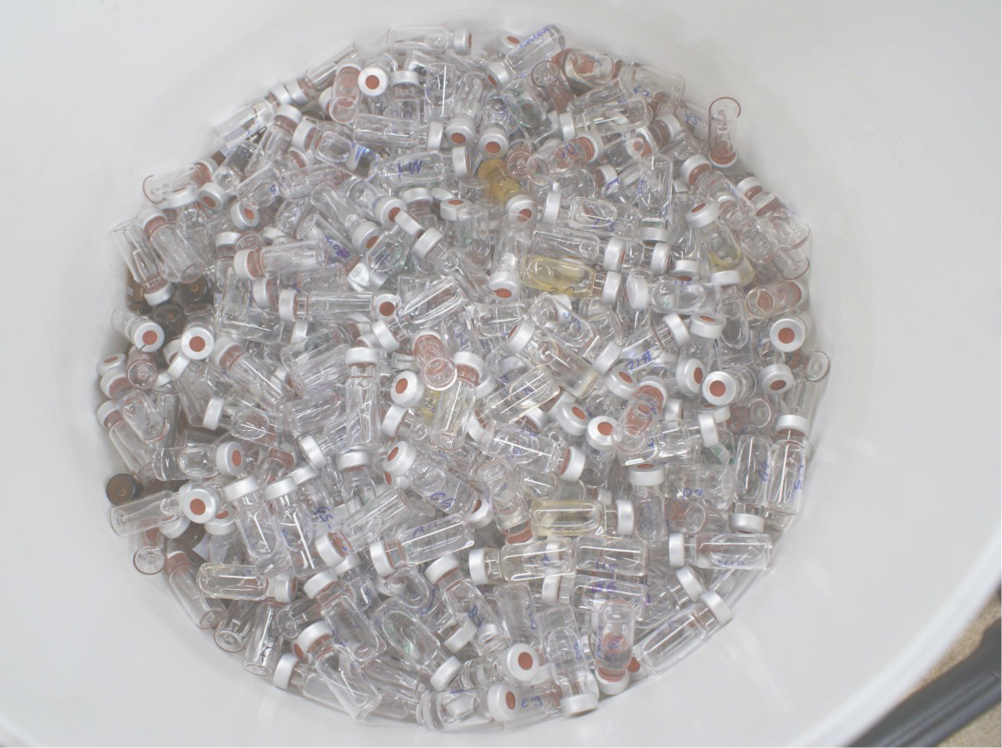
In most heterogeneous catalytic processes, the reactive environment contains a mixture of reactants, intermediates, and products, and some adsorbed-trapped on the catalytic surface and elsewhere. Thus, most reacting environments in catalysis are complex, involve several phases (multiphase), and comprise unstable species or are challenging to analyze. To make things worse, some of these species have (auto-)catalytic or deactivating nature on the kinetics of the surrounding ones.
A typical practice in catalysis is using model molecules or surrogates to deepen into the mechanistic pathways, microkinetics, spectroscopy, etc. Conversely, analytical techniques keep evolving, becoming more precise but always targeting a specific fraction or type of species. That is to say, there is only one technique that solves all.
We aim to bridge the fundamental research performed in our group and outside using model molecules with a powerful analytical multi-technique approach to analyze the entire reaction media. The -omics fields inspire us to reflect on the collective characterization and quantification of pools of molecules that translate into the structure, function, and dynamics involved. We apply our approach to hydrocarbon transformations and green-sustainable feedstock (i.e., waste plastics, sewage sludge, biomass, algae, and seaweed). We develop multi-technique analytical protocols for the complete chemical molecular-level description of complex mixtures.